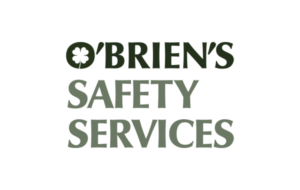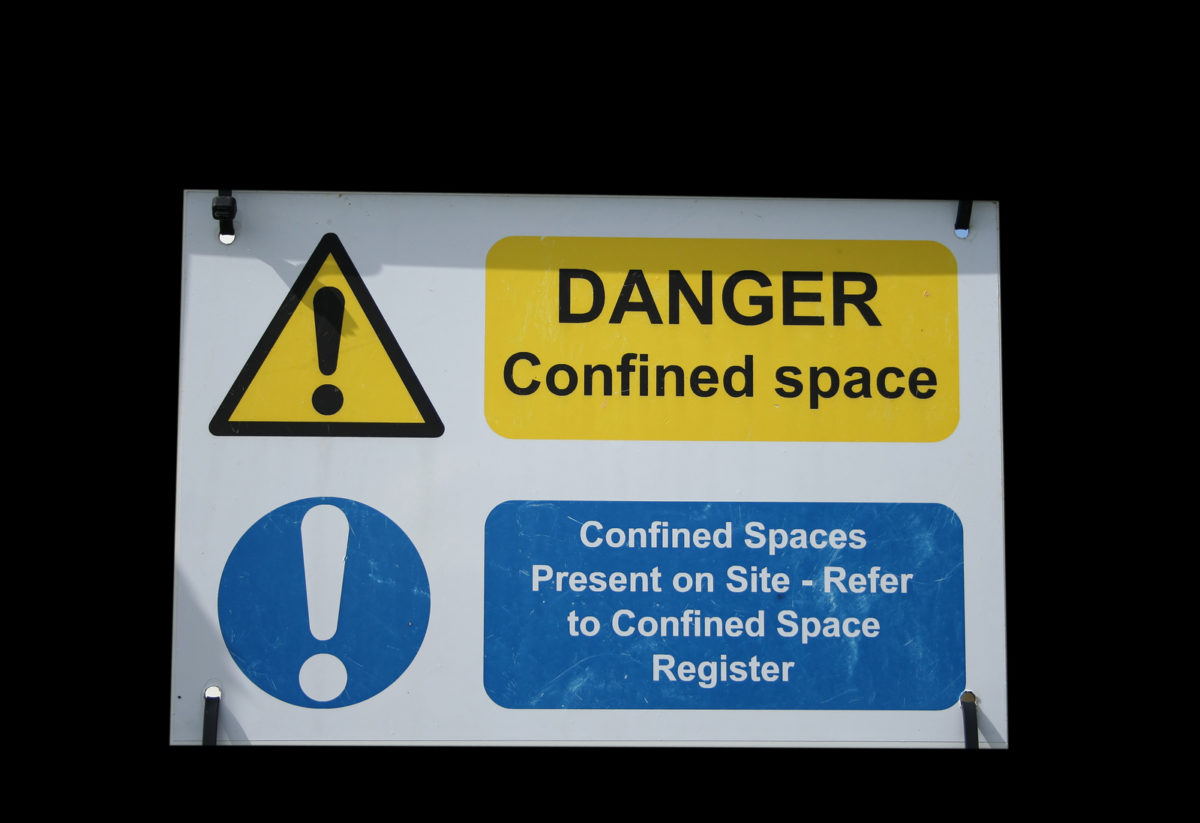At O’Brien’s, we take safety seriously, especially confined space rescues. Death can occur easily in a variety of confined spaces and there are many dangers would-be confined space rescuers face. Without proper training, attempted rescues can lead to a worst-case scenario.
In many cases, if the confined spaces had been properly evaluated prior to entry, continuously monitored while the work was being performed, and had appropriate rescue procedures been in effect, death would not have occurred.
The Occupational Safety and Health Administration (OSHA) defines a confined space in 29 CFR 1926.21 as “any space having a limited means of egress, which is subject to the accumulation of toxic or flammable contaminants or has an oxygen-deficient atmosphere.” There are no specific OSHA rules that apply to all confined spaces.
Experience and know-how are the keys to confined space rescue survival.
Confined spaces may be encountered in virtually any occupation. Therefore, their recognition is the first step in preventing fatalities. Since deaths in confined spaces often occur because the atmosphere is oxygen-deficient or toxic, confined spaces should be tested prior to entry and continually monitored.
Confined spaces include but are not limited to storage tanks, process vessels, pits, silos, vats, reaction vessels, boilers, ventilation and exhaust ducts, sewers, tunnels, underground utility vaults, and pipelines. In addition to testing and monitoring, there should be a customized CSR plan in place.
More than 60% of confined space fatalities occur among would-be rescuers. A well-designed and properly executed rescue plan is a must.
Take this unplanned confined space entry rescue for example. A 43-year-old father died while attempting to rescue his 28-year-old son from a tank used to store spent acids from a metal pickling process. The tank was out of service so that sludge could be removed from the bottom. The son collapsed in the tank. The father attempted a rescue and also collapsed. After the two were removed from the tank, the son was revived but the father died. The exact cause of death is unknown.
In another case, a 27-year-old sewer worker entered an underground pumping station (8′ x 8′ x 7′) via a fixed ladder inside a three-foot-diameter shaft. Because the work crew was unaware of procedures to isolate the work area and ensure that the pump had been bypassed, the transfer line was still under pressure. Therefore, when the workers removed the bolts from an inspection plate that covered a check valve, the force of the wastewater blew the inspection plate off, allowing sewage to flood the chamber, and trapping one of the workers. A co-worker, a supervisor, and a policeman all attempted a rescue, and all died. The first two deaths appeared to be due to drowning and the latter two appeared to be due to asphyxiation as a result of inhalation of “sewer gas.”
In each of these cases, there was a lack of recognition, testing, evaluation, and monitoring prior to entry.
The rescues themselves were poorly planned. This is one of the biggest challenges in CSR. Rescues are seldom “planned” and are usually more a spontaneous reaction by a would-be rescuer or bystander in an emergency situation.
With O’Brien’s, you can help avoid confined space emergencies and rely on us to handle situations when the need for a rescue does arise. From Confined Space Atmospheric Monitoring to Emergency Rescues and beyond, O’Brien’s is your leader in safety for Confined Space Rescues. Call us today to help your business and workers stay safe in confined spaces.



